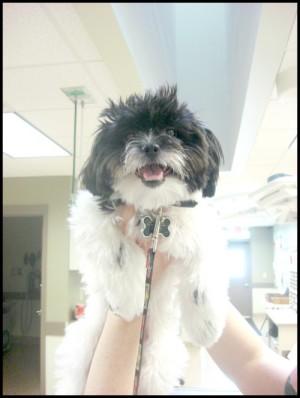
What is Endoscopy?
An endoscope is a long, flexible tube with a camera attachment that is inserted either into the stomach via the esophagus or the colon via the rectum. The endoscope allows the veterinarian to examine the inside of these organs to gain information useful for diagnosis and treatment of illness.
While seeing an abnormal lesion or suspicious area gives us valuable information, it is usually necessary to biopsy the area in order to reach a diagnosis (Click here to read more about biopsy procedures). The endoscope has a tiny channel through which a biopsy instrument can be passed. Precise biopsy samples can be taken of any abnormal areas. These samples consist of tiny “bites” or pieces of tissue cut from the lining of the organ by the biopsy instrument. These tissue samples, called “pinch biopsies” are then submitted to a veterinary pathologist for microscopic evaluation.
Preparing for an Endoscopy
An endoscopic evaluation requires that the stomach and intestinal tract be empty of food and fecal matter. A complete 12-hour fast is usually long enough if the stomach is being examined. If the colon is being examined, oral medication is begun 12 to 18 hours before the procedure, along with fasting, to remove fecal material from the entire intestinal tract. On the morning of the procedure, an enema may be given to remove any remaining stool from the lower intestinal tract.
